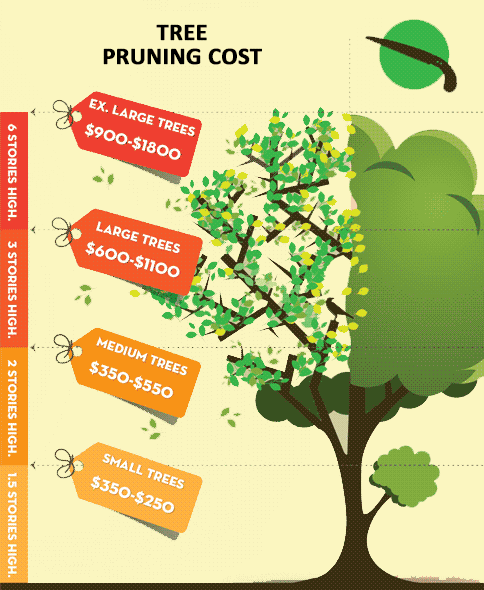Indicators That It Is Necessary To Remove A Tree - A Handbook For Home Owners
Indicators That It Is Necessary To Remove A Tree - A Handbook For Home Owners
Blog Article
Highly recommended Internet site -Jacobsen Long
Trees include beauty and worth to residential property, but they can likewise present a threat throughout extreme weather occasions. If a tree has actually stopped growing, is showing visible fungal development, or has a leaning trunk, it must be gotten rid of by a professional to stay clear of property damages and injury.
To get more information, participate in a home owner resource reasonable co-hosted by HPD, the Facility for New York City Neighborhoods, and Brooklyn-based real estate companions this night in Bedford-Stuyvesant. The occasion will certainly feature the Home owner Manual, a brand-new guide to assist property owners browse the obligations of possessing a home.
1. Dead or Dying Branches
Trees are an integral part of your home's landscape, offering shade and charm. They additionally offer sanctuary for wildlife and generate oxygen, however even healthy and balanced trees can experience health problems that might demand their elimination. Dead or passing away trees aren't simply unattractive, they can be hazardous. Their branches might drop throughout a tornado, resulting in pricey home damage and injuries.
When a tree's branches start to pass away, it suggests that its framework is starting to break down. If the majority of its branches are dead, it is likely time to remove it.
Look for a lack of new development, bark peeling, open wounds or dental caries, fungis expanding on the trunk or roots and a basic appearance of decay in the entire cover. These indicators of infection can show a major issue that will require expert tree solutions to solve.
2. Leaning what is a arborist
While it's typical for trees to lean every so often due to phototropism, if a tree has an unsafe or extreme lean that's not because of natural processes - it could be an indicator that the tree requires to be gotten rid of. If the tree is leaning toward a high-voltage line, home, lorry, play framework or any other area that could be harmful to people if it falls, after that calling a specialist tree service for elimination need to be a top priority.
It's additionally important to watch for any kind of sudden changes in a tree's leaning as it can indicate damages to the origins or trunk that might result in falling. This is especially real throughout thundercloud, since high winds and rain-soaked soil can cause a lean to transform quickly. Normal tracking, especially during and after storms can help home owners acknowledge prospective issues with their trees so they can call an arborist for a comprehensive analysis.
3. Bug Infestation
Some pest problems, such as wood-boring pests like emerald ash borer or sap-suckers like range insects, are so severe that they can create a tree to die. The best method to avoid pest infestation is to check your trees often. Look for places, holes, or stainings in the leaves and bark. Examine the trunk for cracks and signs of insect damages, such as passages or tracks.
If a tree comes to be as well infested with pests, or is close to a home or power lines, an arborist may suggest removal. If a leaning tree creates a new, unsteady lean, an arborist will likely advise elimination also to ensure the safety of people and building. If Read the Full Write-up weakened or dead tree continuously loses excessive branches, it is a sign that it is time to eliminate the tree. If a tree continues to drop branches for an extended time period, it could result in structural troubles and possible residential or commercial property damage.
4. Damaged Trunk
Trees are a gorgeous and integral part of our landscape, but they do require normal like keep them healthy and balanced and risk-free. If find out this here is damaged irreparable it is likely time for it to find down.
Search for signs of damages to the trunk, consisting of upright fractures, seams, dead branch stubs, noticeable injuries or open dental caries and extreme tree-rot. The presence of fungi at the base of the trunk is another cautioning indicator. Fungis might suggest that the phloem and xylem (life-support cells) are compromised, enabling the spread of disease or a future failure.
Additionally, take into consideration whether the tree has stopped expanding. Healthy and balanced trees will have new development annually, which might show up as buds or branches sprouting and extending. If you don't see any type of brand-new development, it's a good concept to have an arborist review the tree and follow their suggestion for removal. A dying or harmed tree can fall and trigger property damages.